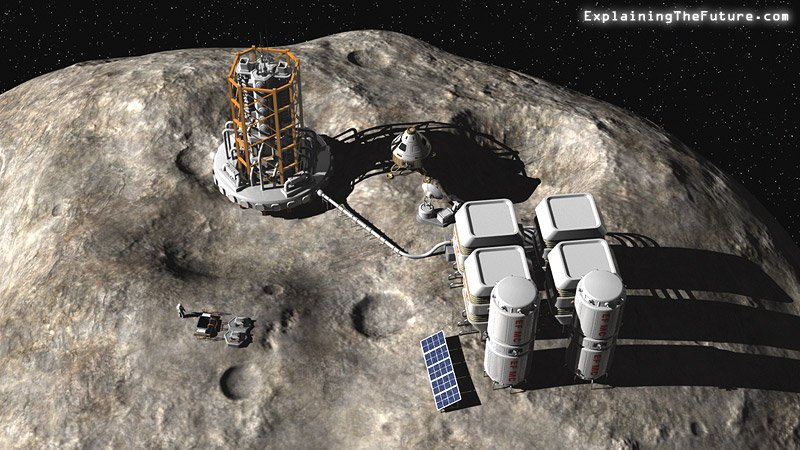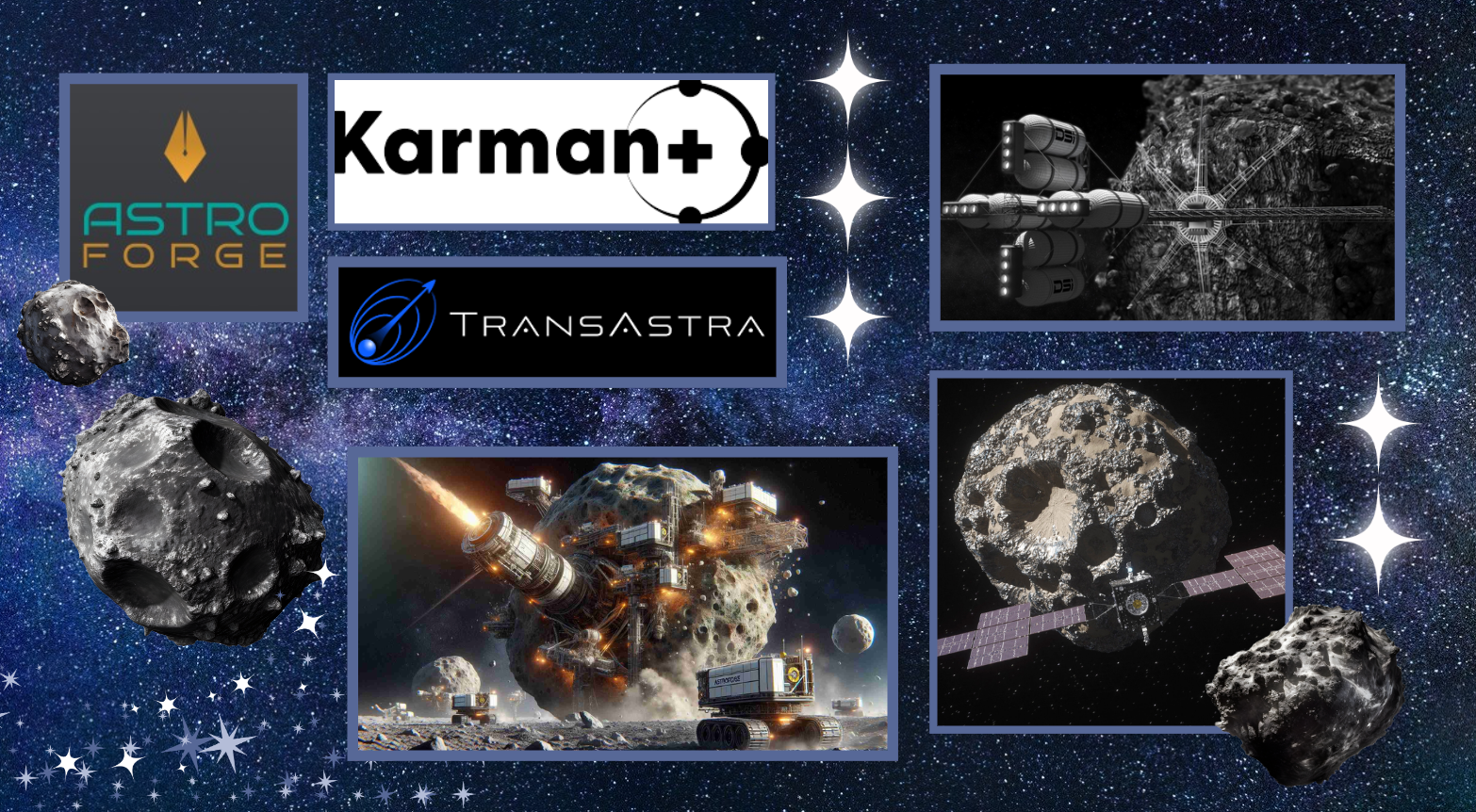Astroid mining is coming closer to reality as the curiosity for space exploration and its benefits expands. Space agencies from Japan and the United States have been sending spacecraft to study, nudge, and even retrieve samples from these celestial bodies. Meanwhile, after a rocky start, the space mining industry is making a comeback, with companies like AstroForge, Trans Astronautica Corporation, and Karman+ preparing to test their technologies in space before embarking on actual asteroid missions.

Rising Interest and Economic Considerations
The growing interest in asteroid mining has caught the attention of economists, leading to a series of papers published on October 16 that explore the potential of economic activity in Astroid Mining. One notable study by Ian Lange from the Colorado School of Mines, coauthored with a researcher from the International Monetary Fund, delves into the potential and challenges of Astroid Mining. According to their research, the demand for critical metals—such as those used in electronics, solar and wind power, and electric car batteries—could drive significant growth in space mining over the next few decades. However, much research, innovation, and creativity must go into this ambitious goal of utilizing Astroid Mining to provide for electronics and complex technologies.
The Promise of Space Resources
Asteroids are rich in metals like nickel, cobalt, and platinum, which are essential for modern technology and the development of technologies that can provide humanity with a source of cleaner, eco-friendly energy. For instance, electric vehicles and their batteries require significantly more minerals than conventional cars. The International Energy Agency projects that demand for cobalt could rise sixfold by 2050, potentially reaching a million tons per year, while nickel demand could increase fourfold. Additionally, platinum-group metals, critical for catalytic converters and fuel cells, are expected to see growing demand. Thus, it is important for aerospace engineers, scientists, and economists to take action in developing technologies for Astroid mining as the demand for precious metals increase above what Earth could potentially provide.
Lange’s study models the growth of space mining in relation to Earth mining, considering factors such as mineral prices, space launch costs, capital investment, and R&D (Research and Development). They predict that in 30 to 40 years, space mining could outpace terrestrial mining for some metals. Metallic asteroids, which contain over a thousand times more nickel than the Earth’s crust, offer a fascinating prospect for future extraction efforts.
Technological and Environmental Challenges
Despite the satisfying promise of Astroid Mining, significant challenges remain in establishing this ambitious plan. Current refining methods rely on gravity, which complicates metal extraction in space. While some envision robots mining minerals for use in space habitats and spacecraft, it may be more practical to bring these resources back to Earth, where demand is high. Reusable rockets from companies like SpaceX and Rocket Lab have already reduced launch costs by a factor of 20 since 2005, and further reductions could make space mining even more feasible. However, much R&D must be implemented in order to utilize reusable rockets for Astroid Mining: environmental risks, expenses and other potential damages must be evaluated in order to bring Astroid Mining into reality.
Ethical and Environmental Implications
Asteroid mining also presents an opportunity to address the ethical and environmental issues associated with terrestrial mining. The Democratic Republic of Congo, for example, produces 70% of the world’s cobalt, often under conditions involving child labor, forced labor, and human rights abuses. Similarly, nickel mining in Indonesia has led to deforestation and water pollution. By contrast, mining asteroids—devoid of ecosystems and human populations—could mitigate these issues if powerful governments work to encourage R&D within Asteroid Mining. The advancement of technologies and space exploration can help create confidence for establishing Astroid Mining, which can assist in reducing brutal human labor that takes place in our current reality with native people in countries such as Congo and Indonesia.
The Path Forward
AstroForge’s recent mission highlights both the potential and the hurdles of space mining. Their small satellite faced technical problems in orbit, but the company remains undeterred, planning a second mission to survey an asteroid. Other companies like TransAstra and Karman+ are developing technologies to detect and mine asteroids, with missions planned in the near future.
Public support for asteroid mining is strong, and as space launch costs continue to decrease, the economic viability of this industry improves. However, it is crucial to manage space mining responsibly to prevent new forms of environmental degradation, such as space debris and increased greenhouse gas emissions from rocket launches. Researchers have proposed setting aside parts of the solar system as protected wilderness areas to balance exploitation with conservation.
Conclusion
Asteroid mining stands at the frontier of space exploration, offering a solution to the Earth’s resource challenges while pushing the boundaries of technology and industry. As companies like AstroForge, TransAstra, and Karman+ forge ahead, they are not only chasing new riches but also pioneering a path towards a more sustainable and ethical future for resource extraction. The journey is just beginning, but the potential rewards—both economic and environmental—are vast, making asteroid mining one of the most exciting prospects in the realm of space exploration.
Credits
Skibba, Ramin. “Things Are Looking up for Asteroid Mining.” Wired, 20 Oct. 2023, www.wired.com/story/things-are-looking-up-for-asteroid-mining/.
Magazine, Undark. “In the Race for Space Metals, Companies Hope to Cash In.” Undark Magazine, 8 May 2024, undark.org/2024/05/08/asteroid-mining-space-metals/.
Massachusetts Institute of Technology. “Asteroid Mining.” Mit.edu, 2012, web.mit.edu/12.000/www/m2016/finalwebsite/solutions/asteroids.html.
